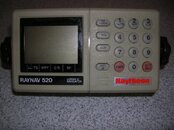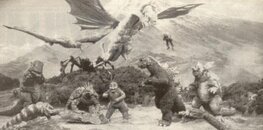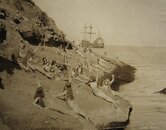I know many that would beg to differ with your accuracy statement. Depending on where you were (and specifically off the Jersey Shore), accuracy was incredible. The Great Lakes chain was frequently in error due to overland transmission of signal, yet was one of the last ones that was kept going.....
GPS (prior to the elimination of SA) was no way near as accurate, and in fact, DGPS was developed as a radio signal correction because the military degraded the signal accuracy. Now, if you want to discuss "survey grade" GPS, then we are talking (as in lots of money), yet there is still real-time-correction utilized through the cellular network. Accuracy is then sub-centimeter. Your GPS is likely off by 10-20 feet or more.
I agree that inaccuracies were caused by interference from land. Which didn't affect all locations. But because the accuracy varied, if you were not familiar with the local situation, you could be misled into expecting better than you got. You comment about NJ, I might be remembering wrong, but I seem to remember a spot off of the southern tip of NJ that sort of skipped a loran line. But that was maybe 25 years ago so I could be remembering wrong. I also agree about GPS accuracies. I can remember leaving NY harbor in the big ship channel, (Ambrose), but the GPS put me outside of the channel. But generally the accuracy was consistant.
Worldwide coverage was incomplete, because it depended on governments having enough interest to invest in installations. Once all of the satellites were up, GPS was world wide. I can remember when RDF was the only way to approach Bermuda, and thats not what I would call remote.
No electronic navigation system should be trusted for very tight harbor entries or passages, unless you know the accuracy of the chart. As mentioned earlier, not all charts have been updated with gps based coordinates. In remote places, the picture of the island might be perfect, but the whole thing is off by alot more than 10 or 20 feet, because its placement was done with celestial methods.
Both systems have decent repeatability, however, so what was under a certain coordinate one day, should be there the next.
Sorry. I got carried away. I know that this is a diving forum. For a moment I slipped back into a past reality.
When I was sailing, I kept a sextant and current nautical almanac on board, but thats another topic.








